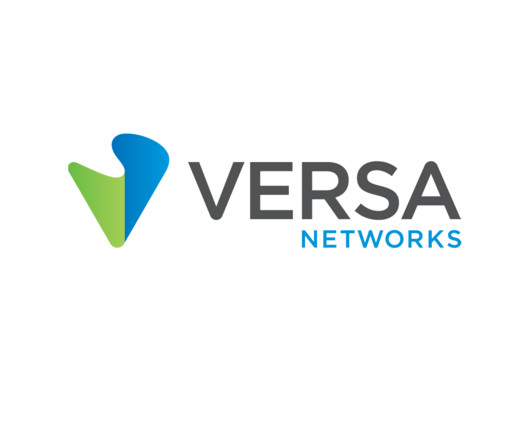Stories from the SOC: Fighting back against credential harvesting with ProofPoint
CyberSecurity Insiders
JUNE 29, 2023
Executive summary Credential harvesting is a technique that hackers use to gain unauthorized access to legitimate credentials using a variety of strategies, tactics, and techniques such as phishing and DNS poisoning. Running an antivirus scan on the asset. of cases in 2020. Blocking the URL domain and IP.























Let's personalize your content